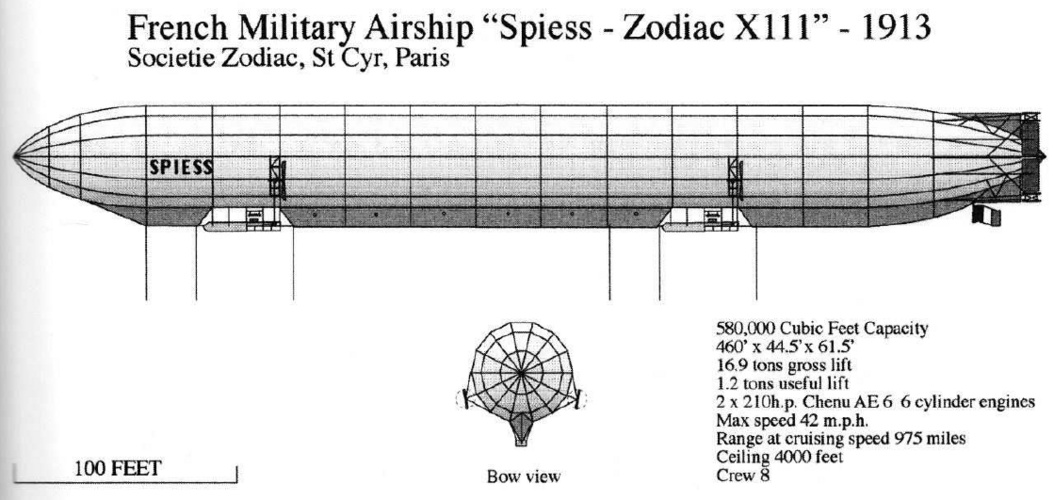Armin Derer
In dire need for coffee
- Joined
- 10 June 2021
- Messages
- 70
- Reaction score
- 97
Kinda lost for the appropriate placement of this rigid airship which has not been introduced to the forum (as far as I can see):
The SPIESS was the first and only French rigid airship, built in 1913, named after its designer, Joseph Spiess. The patent for a rigid airship was registered first in 1873 by Joseph Spiess, one year before the Ferdinand von Zeppelin patent.
The Twitter account this is from is also quite interesting.
The SPIESS was the first and only French rigid airship, built in 1913, named after its designer, Joseph Spiess. The patent for a rigid airship was registered first in 1873 by Joseph Spiess, one year before the Ferdinand von Zeppelin patent.
The Twitter account this is from is also quite interesting.

